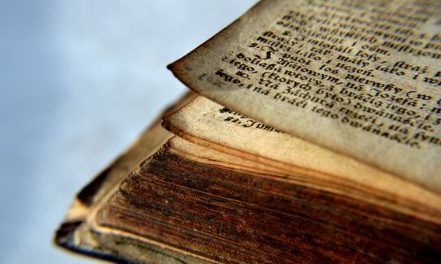
The Reformation
Until 1526, Catholicism held sway in Britain but the combination of esoteric rituals, opulence and Latin pronouncements, though wondrous, was unintelligible to most. That year, William Tyndale (c.1491-1536) published his English translation of the New Testament from the original Hebrew and Greek on the newly-invented printing presses. The Reformation in Britain had begun.
German monk Martin Luther, pioneered Protestantism in 1517, but his books were burnt in London for being heretical. He reasoned that if a particular rite was not in the Bible, it was unnecessary. This helped King Henry VIII (1491-1547) to have his first marriage annulled, as it was pointed out that nowhere in the Bible did it state that the Pope was in charge, only monarchs. The Church of England was formed and all Catholic monasteries and abbeys were confiscated.
The next King, Edward VI (1537-53), was the first heir brought up as a Protestant. However, he died young and his official successor was the Catholic Queen ‘Bloody’ Mary (1516-58), so called because of her murderous revenge on the Protestants. On her death, another turnaround occurred with the accession of Queen Elizabeth I (1533-1603), who tried to placate both sides but was excommunicated in 1570 by the Pope, thereby deciding the matter for Protestantism.
(Image: pixabay.com)
